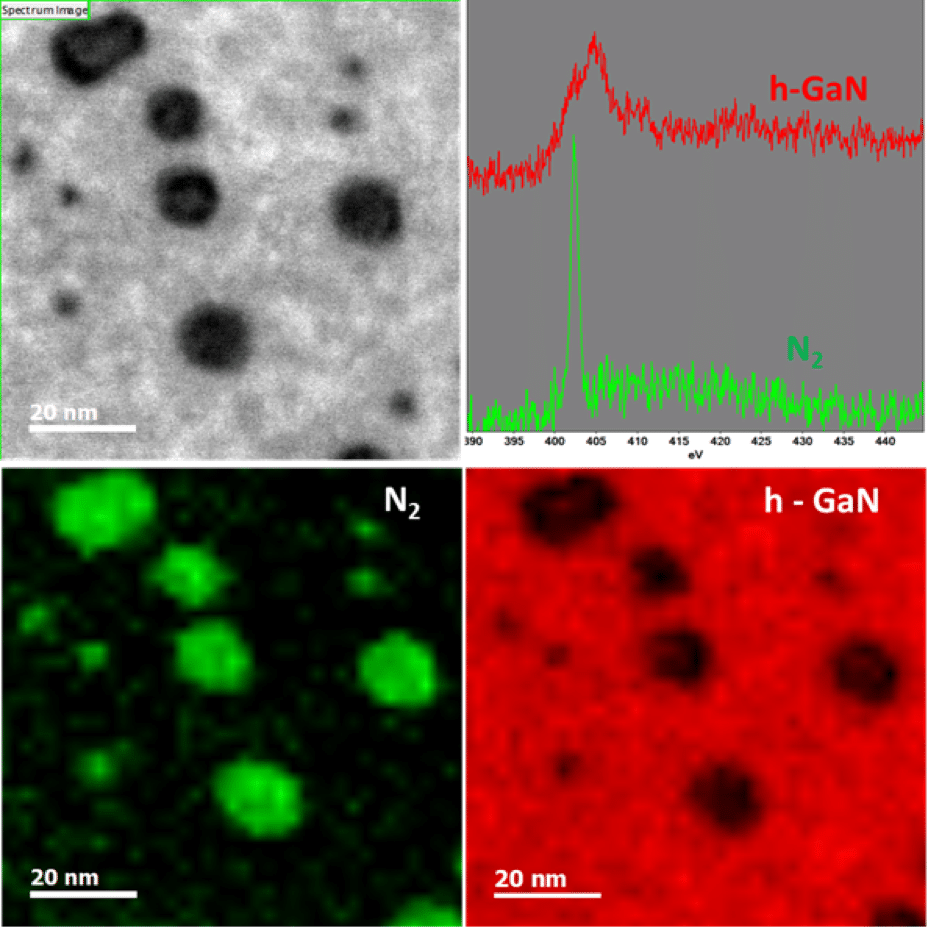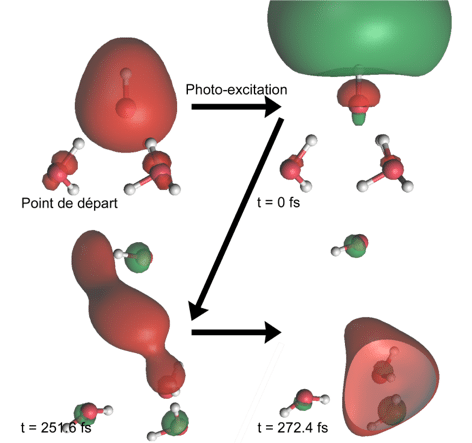- Homepage
- >
- Scientists
- >
- Research topics
- >
- Interdisciplinary research
- Nuclear physics
- Overview of the research topics
- Nuclear Theory
- Nuclear structure
- Nuclear (thermo-)dynamics
- Interdisciplinary research
Interdisciplinary research
What does CIMAP do with the ion beams produced at GANIL?
The CIMAP (Centre de recherche sur les Ions, les Matériaux et la Photonique) is a research laboratory interested in Basic Science. Its research topics are organized around two main fields: “Excited Matter and Defects” and “Materials and Optic”.
The research around the ion beams produced at GANIL is embedded in the “Excited Matter and Defects” topic. The objectives of the associated research topics are to understand first the processes underlying the ion/matter interactions and second the mechanisms leading to the subsequent creation of defects. Research topics focus on energy transfers between ions and matter (either materials or dilute matter), relaxation pathways for excited matter, mechanisms leading to defects creations and structural changes stemming for defects accumulation in materials. This highly multidisciplinary research implies combining knowledge in Physics of collisions, in Chemistry, and in Material Science.
Apart from the research around ion beams, the CIMAP has the mission to serve as a user facility for interdisciplinary research at GANIL, via the CIRIL Platform. For this mission, the CIMAP is in charge of the selection of experiments, by the means of an International Program Advisory committee, and the development of on-line experimental set-ups.
The research developed at CIMAP around ion beams concerns both Fundamental and Theoretical Researches and is conducted in four teams:
- AMA (Atomes, Molécules et agrégats)
- MADIR (Matériaux, Défauts et Irradiation)
- SIMUL (Simulation)
- LARIA (Laboratoire de radiobiologie avec des ions Accélérés)
Call for proposals for interdisciplinary research

The call for proposals for Interdisciplinary Research experiments at GANIL is now open.
The next meeting of the Program Advisory Committee for Interdisciplinary Research at GANIL (IPAC) will be held in November 2023.
The deadline for submission of the proposals is September 8th, 2023 (23:59 CET).
Please note that by now the proposal submission is only via online submission using the web form (https://u.ganil-spiral2.eu/pac/).
This call is open for all the four beamlines for interdisciplinary researches at GANIL: HE, ME, IRRSUD and ARIBE. More information about the CIRIL platform for interdisciplinary physics at GANIL are available on our web page (https://cimap.ensicaen.fr/spip.php?rubrique137).
For any questions, please contact the CIRIL (ciril@ganil.fr).
The AMA team

The research topics in the AMA group explore the interaction of ions with dilute matter; ranging from isolated molecules to clusters (atomic or molar). The AMA team investigates collision-induced mechanisms of fundamental interest, such as electron interference effects and shakeoff processes.
In addition, one of the major goals of the team is to provide valuable upstream information relevant for societal issues. On the one hand, AMA searches to gain new insights into radiation damage processes. The team aims to describe, at the molecular level, the early stages of ion-induced fragmentation of biomolecules. On the other hand, AMA investigates reactions involving polycyclic aromatic hydrocarbons, carbon clusters and fullerene precursors which are of prime interest for astrophysics and atmospheric chemistry.
The three main research themes of the AMA team are:
- Fundamental processes in ion collisions,
- Ion interactions with complex molecules
- Clusters, and on-line set-up development
The MADIR team

The MADIR group is interested in the study of matter under and after strong excitation. This includes 1) the fundamental developments in the study of materials submitted to intense excitation induced with swift heavy ions or slow multi-charged ions, 2) the characterization and quantification of radiation-induced defects in various materials and of their subsequent consequences on materials physical and chemical properties, 3) the theoretical approaches to simulate phenomena occurring in excited materials 4) the development of new materials by irradiation, structuration at the nanometric level, and ion-beam shaping.
In addition to their own research, the members of the MADIR team are strongly involved in the CIRIL platform for the interdisciplinary research at GANIL. To provide the best service to the community, the research topics inside the MADIR is quite large but circumscribed in the perimeter of ion/matter interactions.
The MADIR research topics interest first Basic Science and also topics addressing some important societal issues. This concerns, on the one hand, the study of materials ageing in fission and fusion Nuclear Plants, and in the fuel cycle. On the second hand, the study of ices of astrophysical interest tackles the question of the formation of large and complex molecules, from smallest ones, in the Space.
The research activity of the MADIR group revolves around six main themes:
- Chemical and structural modifications in polymers and ices of astrophysical interest,
- Structural modification in ceramics, from basic mechanisms to nuclear materials applications,
- Combined effect of energy loss processes in ion/matter interaction,
- Ion track technology and ion beam shapping,
- On-line analysis set-up development
 |
| Modification of Nitrogen atoms chemical environment in latent tracks formed in GaN, monitored by electron microscopy: Evidence of Nitrogen bubbles |
The SIMUL team

The SIMUL Team is interested on the dynamics induced by electronic excitation at the molecular level. Inside the CIMAP, the members of this team work in collaboration with the physicists of the MADIR and the AMA teams. They collaborate with other French laboratories as well. The main objective of this group is to simulate the evolution of model systems for which simulation can predict observables that can be confronted with experimental data. Both the theoretical models and the corresponding codes used for theses simulations are developed by the SIMUL Team.
These researches are gathered in four main themes:
- Relaxation dynamics of alkali in rare gas matrices
- Radiolysis of water
- Photo-excitation and relaxation of solutes in water
- Ion-beam transport in capillaries
 |
| Key stages of the dynamics of OH-(H2O)3 relaxation |
The LARIA Team

The LARIA is associated to the CIMAP Laboratory and is dedicated to radio-biology and hadron-biology both for Basic Science and more applied research for improving radiation-therapy protocols. The LARIA is also in charge of the operation of the radio-biology platform devoted to the study of the effect of ion beams on biological systems. The main goals of this Team are to develop innovative and relevant 3D models of healthy tissues (cartilage) and in-vitro reconstructed Tumors (chondrosarcoma) suitable for hadron-therapy and to study the effect of ion beams on healthy tissues.
The two themes around which these research projects develop are:
- The study of targeted effect of carbon ion therapy on human articular cartilage and chondrosarcoma
- The study of non-targeted effect of carbon ion therapy on human articular cartilage
